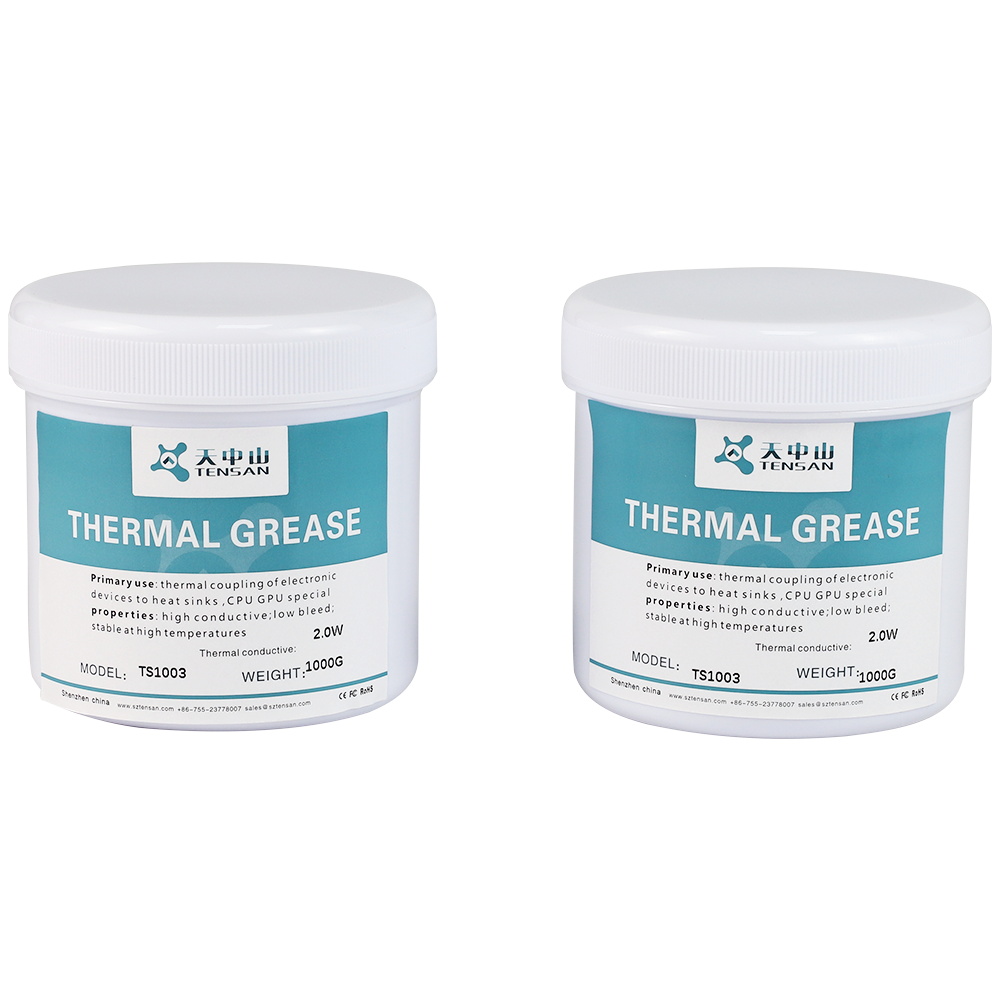Finally, the radiator and the installation, as long as the pressure can not rotate and move the radiator, otherwise it will lead to coated between the radiator and CPU silicone grease uneven problems, there may be bubbles affecting the heat dissipation problems.
